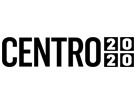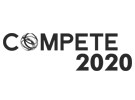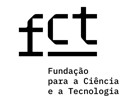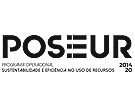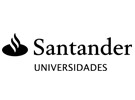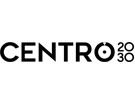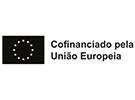


Publication in the Diário da República: Aviso n.º 11062/2017 - 25/09/2017 + Decl. Rectif. nº 359/2018 de 11 de Maio
5 ECTS; 2º Ano, 1º Semestre, 67,50 TP , Cód. 627317.
Lecturer
(1) Docente Responsável
(2) Docente que lecciona
Prerequisites
NA
Objectives
The emphasis is put on the study of transformers and electrical motors, namely its classification, construction details, working principles, monitoring and working characteristics in steady regime. It is also intended that students acquire skills in testing, general rules of selection, installation, operation and maintenance, in its usage as autonomous elements as well as elements belonging to complex systems.
Program
1. Introduction to electric installations
2. Automatization systems
2.1. Command devices by human intervention
2.2. Automatic command devices
2.3. Contactor translation and accessories
2.4. Cables
2.5. Pin numeration of devices
2.6. Structure of an automatize system
3. Introduction to electrical machines
3.1. Working principles
3.2. Classification of electrical machines
3.3. Energy transformation
4. Transformers
4.1. Single Phase Transformer;
4.2. Three-phase transformer;
4.3. Symbology;
4.4. Winding connections;
4.5. Terminal conventions;
4.6. Application and usage;
5. Asynchronous motors
5.1. Three-phase asynchronous short-circuit rotor motor;
5.2. Three-phase asynchronous winding rotor motor;
5.3. Starting types;
5.4. Single-phase motor;
5.5. Construction of rotary machines;
5.6. Protection of motors;
5.7. Pipe sizing;
5.8. Maintenance of these machines.
6. Dynamo / DC motor
6.1. Structure;
6.2. Operation principle;
6.3. Classification of dynamos;
6.4. Identification of the terminals;
6.5. Energetic balance;
6.6. Rule of three fingers right hand;
6.7. Function of the blades;
6.8. Obtaining continuous current;
6.9. Behaviour of magnetic flux;
6.10. Study of DC motors;
6.11. Typical breakdowns;
6.12. Maintenance.
Evaluation Methodology
Continuous evaluation: Practical assignments;
Periodic evaluation: Frequency, Exam, Examination of Appeal or Examination Student Worker.
Final grade: Continuous evaluation with minimum grade of 10 values and Periodical evaluation with minimum mark of 9 values.
Final grade calculation formula: 50% AC + 50% AP
Bibliography
- D. Umans , S. e Kingsley JR, C. e Fitzgerald, A. (2013). Electric Machinery. New York, USA: McGraw-Hill
- Francisco, A. (2013). Motores Elétricos. Lisboa: ETEP - Edições Técnicas e Profissionais
- Matias, J. (2015). Máquinas Eléctricas Corrente Contínua. (Vol. 1). (pp. 1-192). Lisboa: Lisboa: Plátano Editora
- Matias, J. (2015). Máquinas Eléctricas de Corrente Alternada. (Vol. 1). (pp. 1-264). Lisboa: Lisboa: Plátano Editora
Teaching Method
The learning methodologies are based on the expository method of defined programmatic contents and laboratory assignments (Electrical Installations, Transformers and Motors (both in alternating and direct current).
Software used in class
CADe_SIMU

